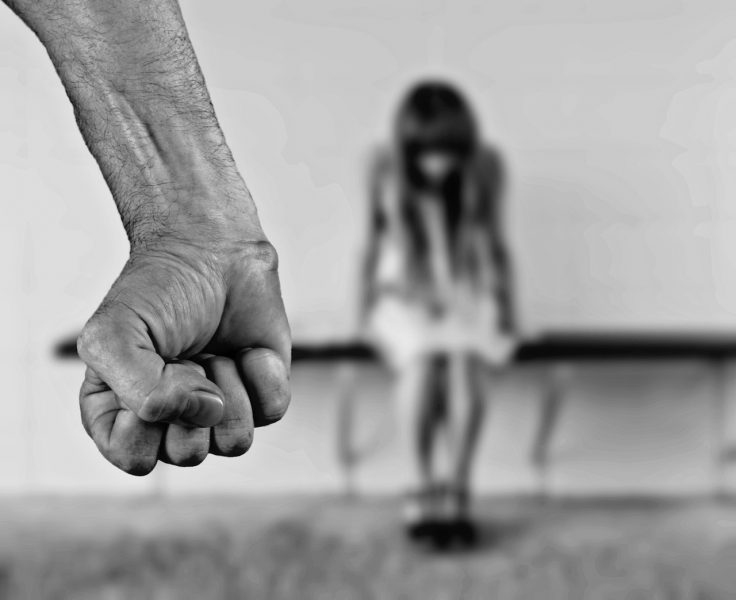
When we wrote about Amherst College’s efforts in 2012 to deal more effectively with on-campus sexual assault, we noted that “colleges and universities have often been silent, even secretive” when it comes to addressing the issue. There’s still room for improvement, but higher education institutions have taken large steps forward.
To a large degree, these changes have been driven by social media and a new transparency fostered by students and some institutions. While President Obama’s White House Task Force to Protect Students from Sexual Assault proposed a number of measures this past April, it was the Department of Education’s release of a list of 55 institutions currently facing “sexual violence investigations” a few days later that made waves.
An online community
Students themselves have stepped up, using social media to share their experiences and best practices to avoid assault. This transparency has eroded the ability of colleges and universities to keep the issue behind closed doors. “More college women have become willing to speak publicly about their ordeals thanks to social media,” Nina Burleigh observes in her June 2014 Rolling Stone piece “Confronting Campus Rape.” Research by Chris Linder, an associate professor at the University of Georgia, has taken a closer look at social media’s role in sexual assault activism. And this NPR report describes how it has empowered more students to step up to the plate and take matters into their own hands.
The U.S. Senate introduced a bill over the summer to create a public campus assault database. For colleges and universities that have been less than transparent in their handling of the issue, the database will “amount to a public shaming,” according to NYTimes.com blog The Upshot. In September the White House launched “It’s on Us,” which WIRED’s Margaret Rhodes describes as a “smart branding campaign against sexual assault.” The campaign’s website allows users to integrate their own photo into a logo. Rhodes explains, “The tactic is similar to when the Human Rights Campaign logo went viral over social media in 2013, but with some more customization.”
These positive trends seem to be gaining momentum. Students and government have taken the first step of introducing transparency to the issue. In doing so they have changed the reputation management equation. Now, the best way for a school to protect its reputation is to preserve the safety and welfare of its students.


